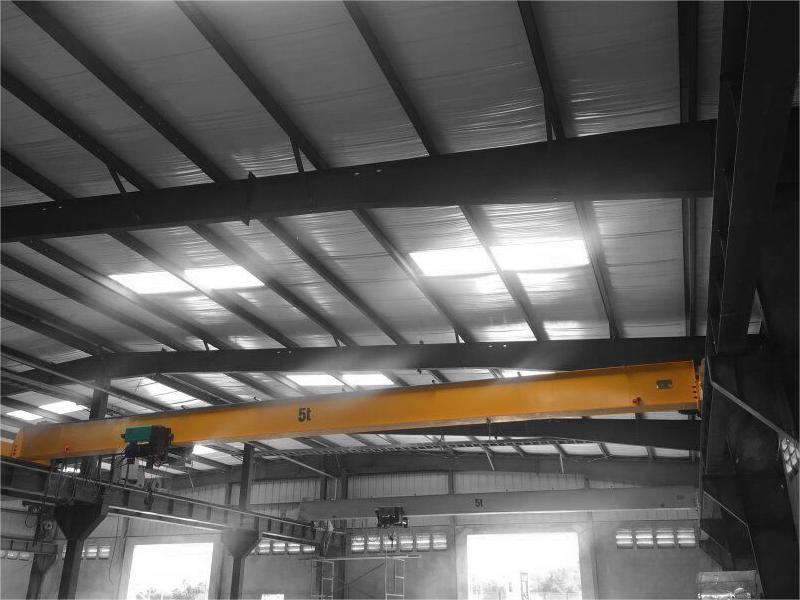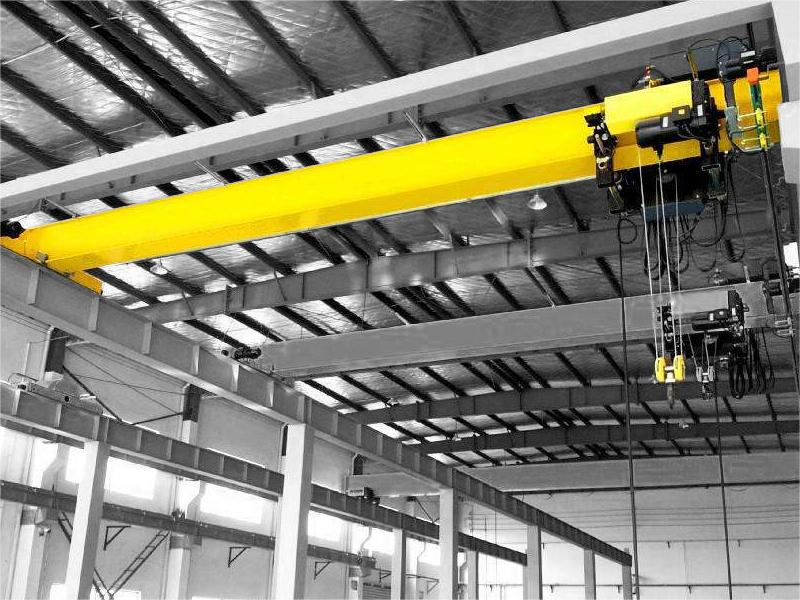Underhung bridge cranes are a good choice for factory and warehouse facilities that want to free up floor space obstructions and increase safety and productivity. Underhung cranes (sometimes called underslung bridge cranes) do not need to support floor columns. This is because they typically ride on the lower flanges of runway beams suspended from the facility roof or rafters.
By optimizing end access, underhung bridge cranes make the best use of facility space. That is, they allow the cranes to ride closer to the end trucks or runway ends than top-running cranes. The under-suspended configuration also maximizes the approach to the end of the bridge, or the distance of the bridge beams from the wall or runway end.
Underhung cranes have limited lifting capacity because the beams are suspended from the roof of the building. Before selecting an underslung bridge crane, you should evaluate the structural strength of the facility’s roof. Support beams can be added to increase load capacity.
Superior to I-Beams in strength, durability, and consistency.
Extended track life compared to I-Beam Systems.
System expansions are easy and cost effective.
Straight rails result in easy, predictable, cost effective installations.
Efficient spanning capabilities eliminates costly additional supporting structures.
Flexible suspensions provides for longer life and less maintenance.
Another major benefit of underhung overhead cranes is their flexibility to move throughout the space. Underhung bridge cranes are able to get closer to the ends of runways and bridges, which provides more room for facilities that can be accessed by underhung cranes. The crane hook is also easier for the operator to maneuver because it is smaller and provides more flexibility on the bridge.
SEVENCRANE can help you explore all available crane options and select the one that best suits your application and facility. They can also advise you on maintenance programs to keep your crane operating at peak efficiency and reliability.









